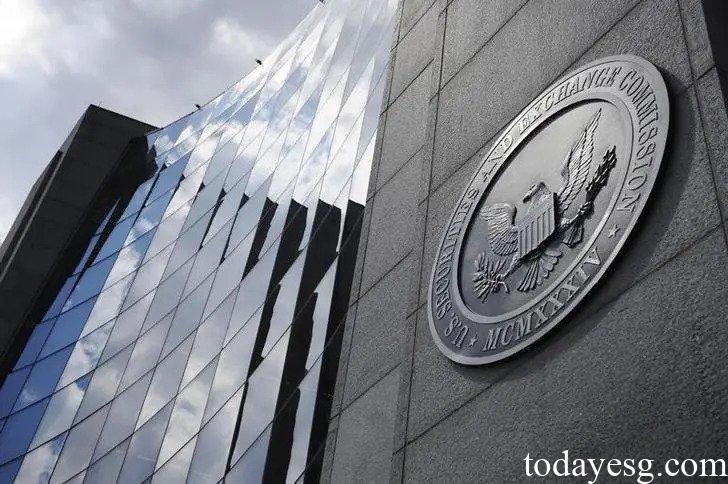ESG Investing Becomes an Examination Priority
The Division of Examinations of the US Securities and Exchange Commission (SEC for short) recently includes ESG investing in the examination priorities in 2023 to understand the latest industry development trend and protect investors from potential risks.
Since the SEC released the “Review of ESG Investing” in 2021, ESG investing has been the priority of supervision for two consecutive years.
Necessity of ESG Investing Examination
The pursuit of ESG-related concepts by investors has led to a rapid growth in the number of ESG funds. In the investment decision, some funds include ESG factors and macroeconomic, corporate performance and other indicators into the analysis to improve financial returns. Some funds invest in listed companies that have made ESG commitments. Some funds use negative screening to find companies with ESG practice.
The diversification of ESG investing exposes investors to potential risks. These risks may come from product design, sale, invest, performance disclosure and other aspects, and have developed into common problems such as “greenwashing” or “diversity washing”. Regulators have begun to formulate measures for ESG funds (e.g., the UK’s investment labeling standards, the EU’s fund classification system) to maintain market order and protect investors. In this case, it is necessary to take ESG investing as an examination priority.

Examination of ESG Investing in Recent Years
In 2021, SEC mentioned in its report that ESG developed rapidly, and then listed ESG investing as a regulatory priority in 2022. SEC believes that with the increasing recognition of ESG by investors, asset management companies have adopted ESG investment strategies more widely, but in actual actions, false publicity and misleading statements may be involved, causing investors to take risks, such as:
- ESG investment terms: sustainability, social responsibility, impact investment and other terms lack a consistent definition, which provides opportunities for asset management companies to mislead investors;
- ESG investment methods: Some funds choose to incorporate ESG factors into their investment decisions, others use negative screening and other methods to invest in companies, and some use impact investment methods to hope to obtain non-financial returns. These investment methods are all promoted as ESG investment;
- ESG compliance requirements: In the issuance of ESG products, asset management companies may face compliance risks of disclosure and publicity;
SEC divides the examination of ESG investing into the following parts:
- Whether the ESG fund has clearly disclosed the investment method;
- Whether the ESG fund has exaggerated facts or misleading propaganda in publicity and sales;
- Whether the ESG fund complies with the regulatory rules in the disclosure;
Problems Found by SEC in the Past Examination
Division of Examinations has taken steps in ESG investing examination in previous years, and it summarizes some common problems in asset management companies, such as:
- Fund investment and disclosure methods are inconsistent: some funds do not comply with the relevant ESG framework, and they also include companies with lower ESG scores in the portfolio;
- Maintenance and update of investment methods are not timely: some funds did not continuously update ESG strategy. For example, in negative screening method, funds are required to continuously update the list to choose investment objects. In reality, some funds are not actively changing target list.
- Propaganda content is misleading: some funds did not disclose the relevant indicators of ESG risk and return in the propaganda, and some have expanded the actual effect of ESG funds to attract investors;
- Insufficient compliance supervision: some companies lack compliance review and supervision in ESG analysis and decision-making process;
In the report on examination priorities in 2023, SEC still focus on these contents, such as evaluating whether ESG funds have appropriate labels and whether the products meet the best interests of investors.
Reference:








